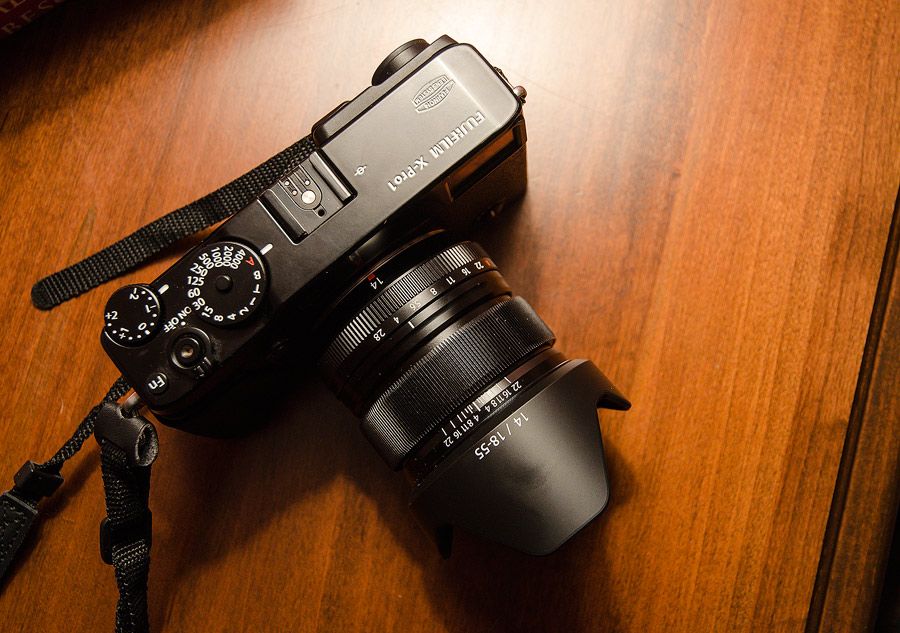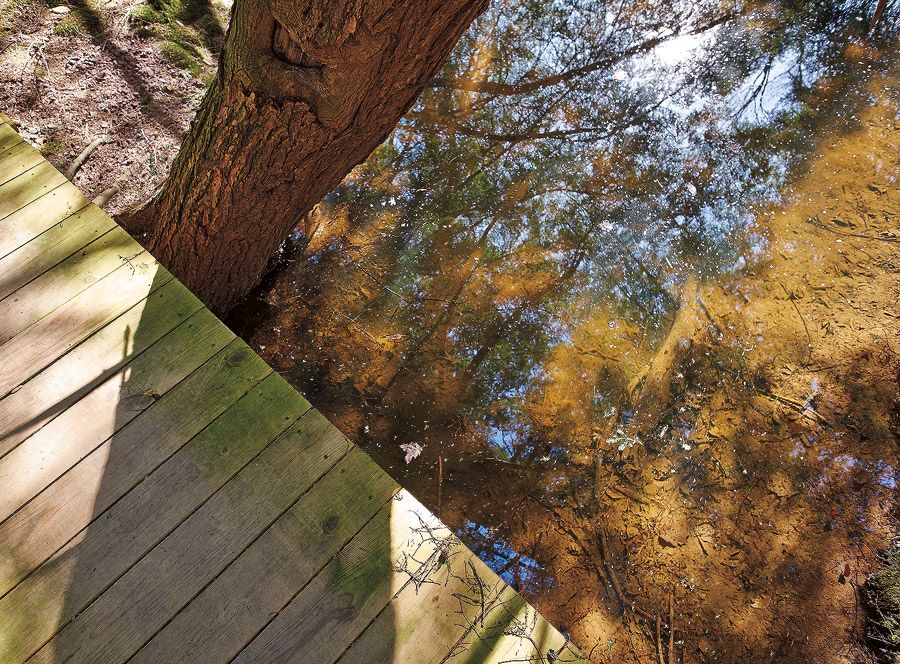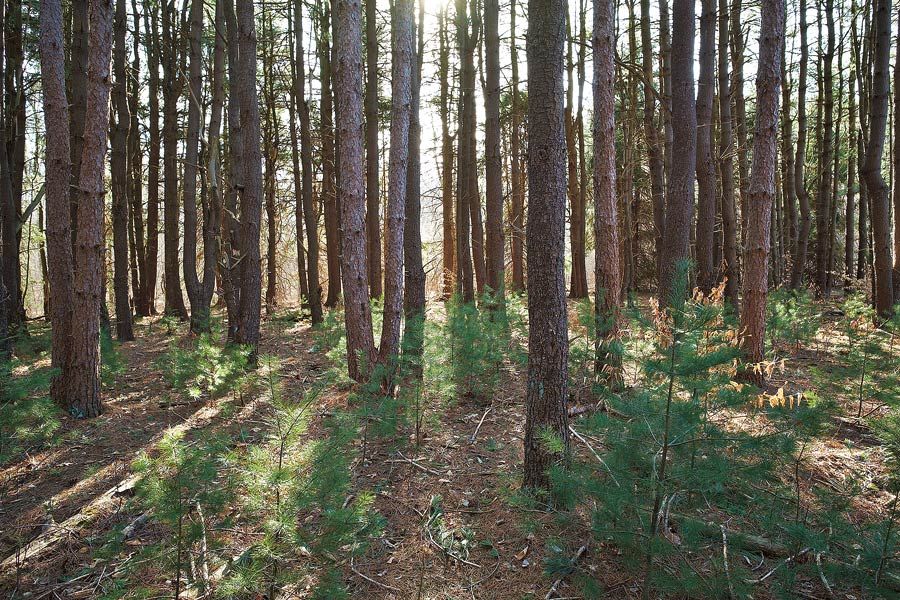Here’s an editorial published in the Wilkes-Barre Times Leader on the Kermit Gosnell trial.
Commentary: Dr. Henry F. Smith Jr.
April 17. 2013 10:28PM
In Philadelphia right now there’s a trial underway involving gross misconduct of a physician (always good fodder for the news media). There are lurid details of dead bodies stored in rooms, dismembered corpses kept as trophies, underage untrained people performing gruesome medical procedures. The details are so graphic and so startling, that properly exploited, they would surely grow huge ratings in media outlets such as Court TV. But short of very select media coverage, there is an almost total press blackout of this story. The reason: the medical procedure this trial involves is abortion and the victims are babies.
Kermit Gosnell is a physician who ran a clinic called the “Woman’s Medical Center” in West Philadelphia. Apparently a major service there was performing abortions by the thousands each year. Dr. Gosnell, allegedly, would play fast and loose, with the gestational age of the fetuses he was paid to dispose of, allowing a woman the option of a later-term abortion than might actually be illegal.
When inconveniently, such an infant would have the temerity to be born alive, Dr. Gosnell according to testimony, had a solution. He would take a set of sharp scissors, open them, stab the points into the back of the baby’s neck, and then “snip” the baby’s spinal cord, killing it. Included in testimony, are very graphic descriptions of a baby’s typical reaction to this.
Workers at the clinic have described conditions as “raining fetuses”. The clinic has been described as filthy, with blood spatters on the wall. There has been testimony from underage workers, and workers with no formal training, who performed the ultrasounds used to determine the fetal age. After all… No point in being too accurate about that sort of thing.
Apparently Dr. Gosnell was happy in his work. He cheerfully described one particular late-term fetus that he dispatched as being “big enough to walk me to the bus stop”. He allegedly kept body parts of his victims in jars.
And from the press: The sound of crickets, chirping.
At some sadistically twisted level, it is possible to feel a degree of sympathy for Dr. Gosnell. After all, he was just trying to give good and complete value for the fees he charged. His “clients” had one request, that their pregnancy be terminated, and that no living baby would survive. And remember, he practices in a litigious society, where a patient actually sues her abortionist when she ends up with a live healthy baby rather than a jar full of parts.
What’s the difference whether the vivisection occurred in the vaginal canal or on the operating table a few minutes later? Quite honestly, in a society that permits the slaughter of innocents, such nuances should be inconsequential. Hey, our own president has supported legislation in Illinois, that would have allowed fetuses born alive, to expire without medical care.
Ann Coulter has written that abortion is the “sacrament” of liberalism. On a first read, I thought she was just being provocative. Watching the news media boycott this trial, an event that, given its sensationalism could be a huge driver for network ratings and profits, is chilling. Clearly burying the details of this gruesome court proceeding, which could cause harm to the institution of abortion, trumps all other concerns.
To liberals in the press, or put another way, to the entire media complex, this case is radioactive. It threatens to demonstrate that we can truly not rationalize the moral choices we’ve made — the “devil’s bargain” that we have struck, to permit legalized abortion. The arbitrary age limits, and the limits we place on the procedure, and particularly when and where the killing may occur, are indefensible morally, and logically. Dr Gosnell’s true crime was to violate the self-righteous boundaries we have placed on this brutality, so we may delude ourselves that we remain a moral society.
If he is guilty of the crimes for which he is charged, Kermit Gosnell is indeed a monster. But that barbarity in part, would extend from actions defended as a cornerstone of liberal ideology. He allegedly just took it to the next logical step.
That’s why they don’t want us to know about him.
Dr. Henry F. Smith Jr. is a pulmonary and sleep physician from Fairview Township.







